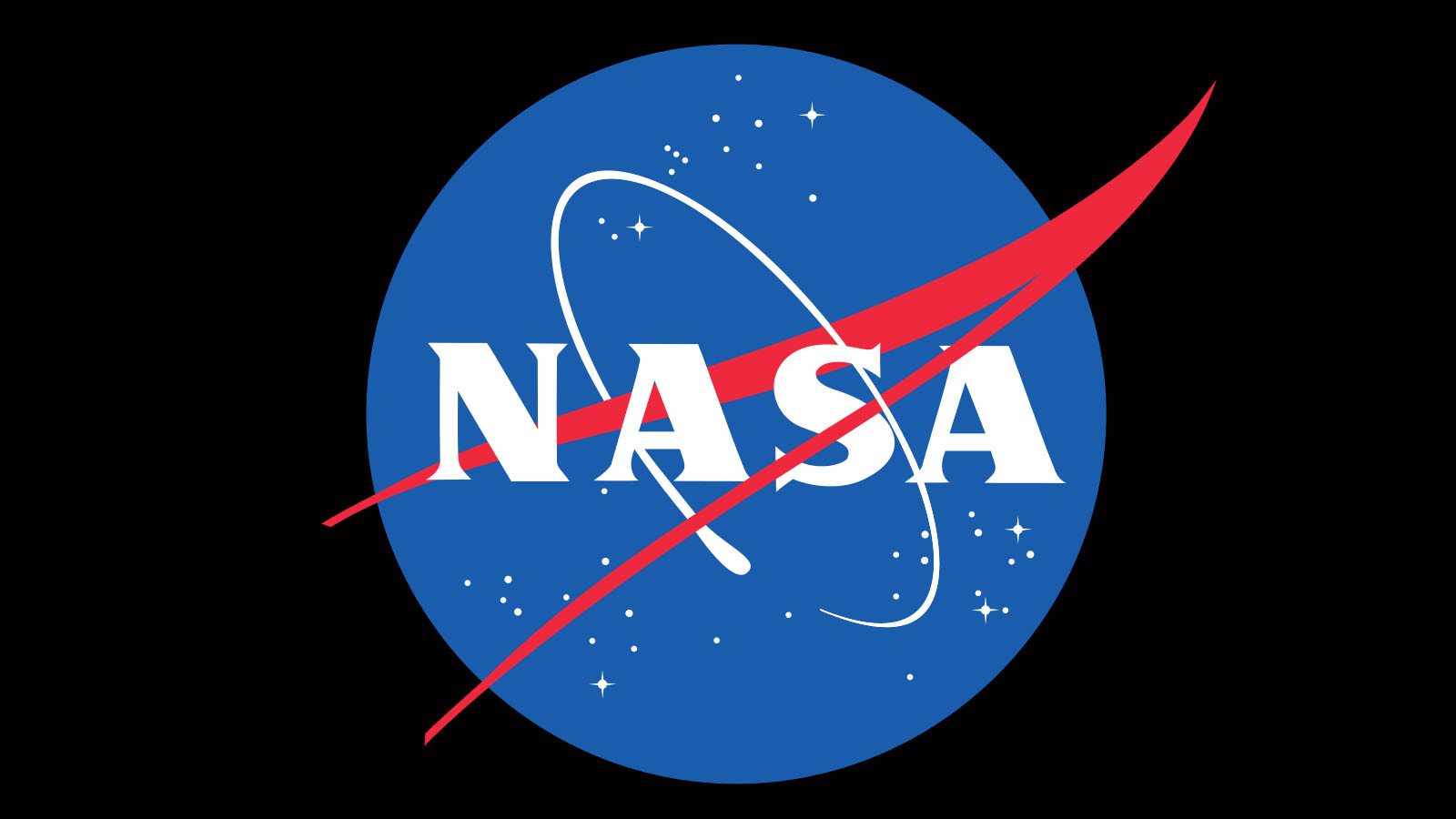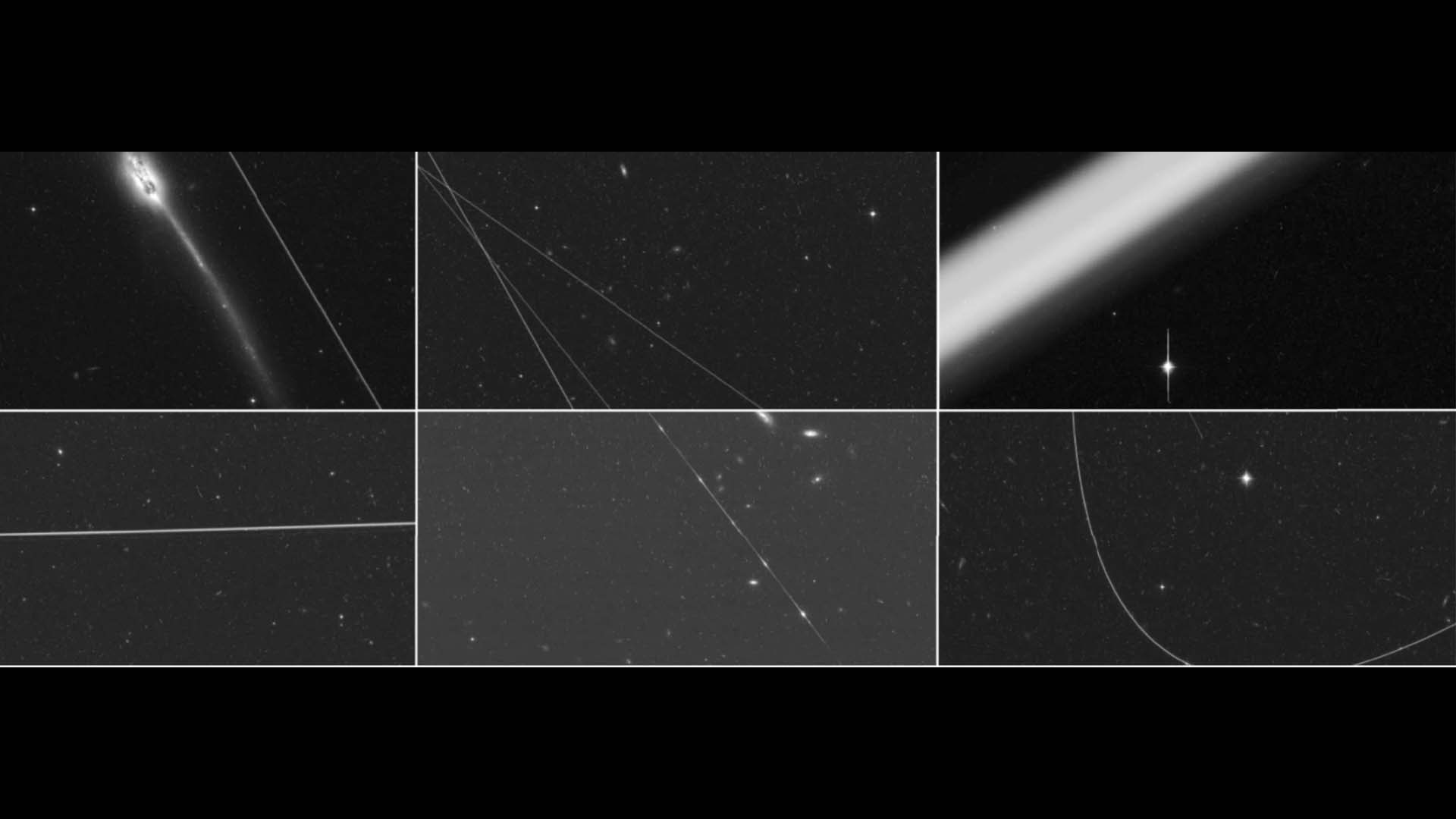Space History Photo: Weick W-1A of 1934

In this historical photo from the U.S. space agency, Fred Weick's homebuilt W-1A of 1934, one of the first aircraft to employ tricycle landing gear, is pictured.
Weick and a group of nine other Langley engineers built this small experimental airplane in their spare time to study the special needs of the private flyer. The plane was eventually purchased by the Department of Commerce.
After leaving the NACA (for a second and final time) in 1936, Weick incorporated many elements of the W-1 into his design of the famous Ercoupe, a small simple- to-fly airplane built first by the Engineering Research and Development Corporation (ERCO) of suburban Washington, DC.
The National Advisory Committee on Aeronautics (NACA) was a precursor to NASA. NACA was created by Congress in 1915.
Each weekday, SPACE.com looks back at the history of spaceflight through photos (archive).
Breaking space news, the latest updates on rocket launches, skywatching events and more!

The National Aeronautics and Space Administration (NASA) is the U.S. government agency in charge of the civilian space program as well as aeronautics and aerospace research. Founded in 1958, NASA is a civilian space agency aimed at exploring the universe with space telescopes, satellites, robotic spacecraft, astronauts and more. The space agency has 10 major centers based across the U.S. and launches robotic and crewed missions from the Kennedy Space Center in Cape Canaveral Florida. Its astronaut corps is based at the Johnson Space Center in Houston. To follow NASA's latest mission, follow the space agency on Twitter or any other social channel, visit: nasa.gov.
